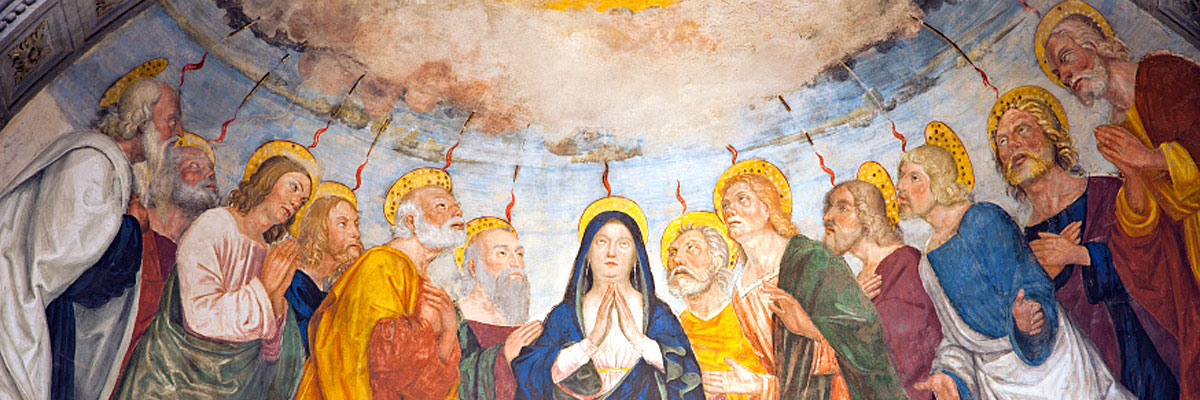
Understanding Our Church
A Treasury of Arkansas Writers Discussing the Catholic Faith
Official Website of the
Catholic Diocese of Little Rock
Christ enters Jerusalem in humility and peace in spite of pageantry
Published: April 3, 2004
By Dr. Linda Webster
The 2004 Super Bowl might be an odd place to look for enlightenment this Passion Sunday, but one of the top-rated ads (www.superbowl-ads.com) broadcast at the beginning of the second quarter back in early February was an excellent allegory for our reflection this week. At our Palm Sunday celebrations, we’re presented with the implicitly conflicting images of humility and pageantry in the initial Gospel reading as Jesus begins his approach to Jerusalem to the acclaim of the crowd while riding on an ass.
On the one hand, we have the procession where the disciples were making a joyous noise, rejoicing and praising God as Jesus approaches the descent to Mount Olivet (“New Saint Joseph Sunday Missal,” 1986, 1119). We’re confronted with a Christ who does not choose to silence his followers when they shout out his identity (Luke 4:41; 5:14), but seems to accept their adulation — a real contrast to earlier readings.
On the other hand, Christ rides on a small animal that shows up as a rather comic figure in our contemporary media. For Christ, the animal would have been a symbol of peace as well as symbol of ritual sacrifice having been previously unridden (“The Collegeville Bible Commentary,” New Testament, 970). He is being proclaimed a king, but only a war-like monarch would have ridden a horse.
He rides, but he rides in humility and peace. The Anheuser-Busch brewing company helps put that issue in perspective. In the number one rated ad of the Super Bowl, a cute-but-funny donkey works toward becoming a member of the Clydesdale team that pulls the Budweiser beer wagon. While absolutely nothing about the donkey resembles a Clydesdale horse, the ad, titled “Donkey Dream,” is a clever allegory.
The donkey never stops being a humble donkey, but he is dedicated to molding himself to a higher standard. He seeks wisdom, alone, at the hands of an experienced teacher. He comes before a group of enormous horses at their cathedral- like stable to speak, to plead his case. And, at the end of the commercial, there he is — proudly harnessed at the front of the Clydesdale team as they pull the beer wagon along a processional route.
While it isn’t the donkey that is being celebrated as much as his dedication to pursuing an apparently impossible dream, the big issue remains — he’s a funny-looking little donkey who will never be a Clydesdale nor can he influence the direction that the beer wagon will take. The image was a big hit with the viewing audience, showing up in discussion everywhere from morning talk shows to late night television during the ensuing week.
Inevitably, though, while the audience might applaud the moxie portrayed by the little guy, they laugh at the image. By the time Christ begins his descent to Jerusalem on the back of the little beast, we know he is going to his death. He will weep for Jerusalem, clean out the temple, warn of the coming persecution, and prepare for a last supper where he knows that one with whom he eats will betray him.
There, too, the donkey cannot be more than a donkey. He cannot turn aside and remove Christ from danger; he’s small and weak and helpless, young and untried and unwary. That little animal represents so much more than a humble approach to Jerusalem, but we need to look beyond our Super Bowl symbolism to appreciate the elegant simplicity of Christ’s Palm Sunday procession.



